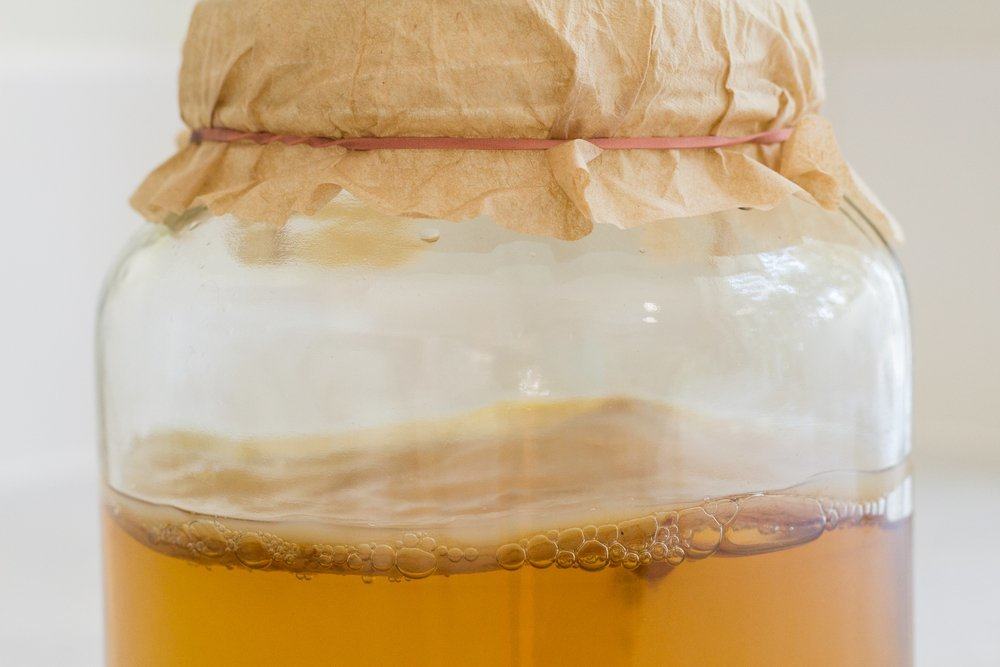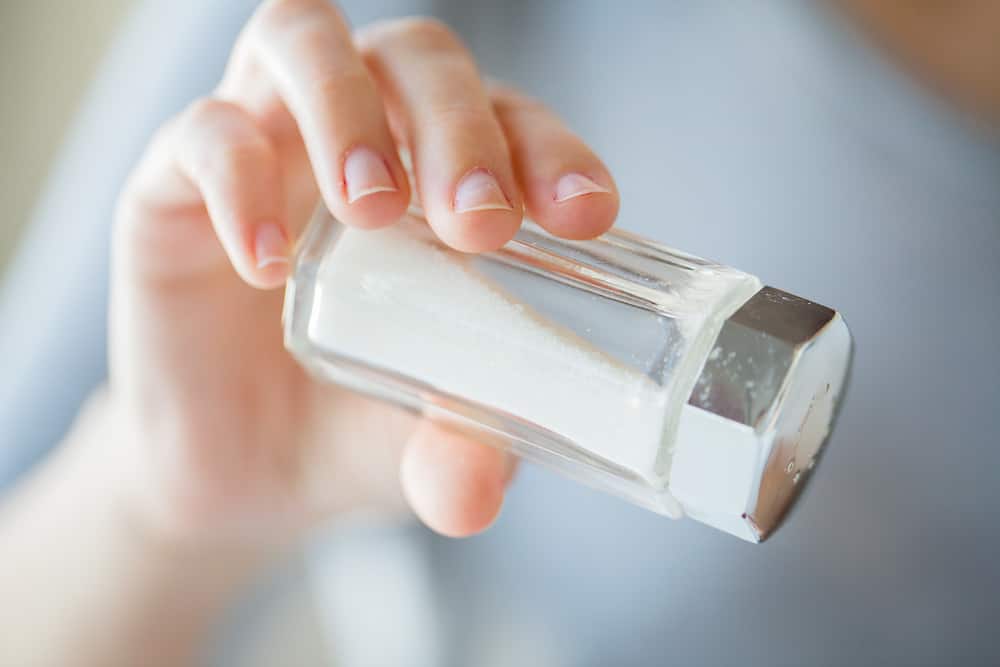Contents:
Medical Video: Stages of Kidney Disease
Definition
What is creatinine clearance (creatinine clearance)?
The creatinine clearance test will show important information about your kidney. Creatinine is a waste in the blood produced by your muscle metabolism, and a small portion also results from meat consumption. Healthy kidneys will filter creatinine and other wastes from your blood. The amount of filtered waste will be discharged through urine. The ability of the kidneys to filter creatinine is called the creatinine clearance rate, helping to estimate the glomerular filtration rate (GFR) —the rate of speed of blood flowing into the kidney.
If your kidneys are not functioning properly, creatinine levels will increase and accumulate in the blood. Creatinine serum measures creatinine levels in the blood and gives you a calculation of how well your kidneys are working properly in filtering (GFR). A creatinine urine test can measure creatinine levels in the urine.
The two main ways doctors use creatinine tests to assess kidney function:
- Creatinine Clearance. Or creatinine clearance. Kidney function tests can be determined precisely using urine samples that have been collected at least 24 hours before. The doctor will ask you to collect your urine in a special plastic container for a day to then test the creatinine levels contained in the sample. Although this method is considered uncomfortable, it is still necessary to get a diagnosis of some kidney conditions
- GFR. The GFR test can be estimated using creatinine levels in the blood, which your doctor will enter into a formula. The formula used will differ based on age, gender, sometimes body weight, and ethnicity. The higher the creatinine level in the blood, the lower the kidney filtration rate and creatinine clearance.
For some reason, the estimation method of blood tests for GFR is more commonly used than with urine sample tests for creatinine clearance.
When do I have to undergo creatinine clearance (creatinine clearance)?
The serum creatinine test - which measures creatinine levels in your blood - can explain whether your kidneys are working properly. How often you need creatinine testing depends on the conditions underlying your reason for taking this blood test and the risk of kidney damage that might occur. Example:
- if you have type 1 or 2 diabetes, your doctor may recommend creatinine testing at least once a year
- if you have kidney problems, your doctor will recommend routinely carrying out creatinine tests to monitor your condition
- if you have other diseases related to kidney performance - such as high blood pressure, or diabetes - or if you are on medication that affects the kidneys, your doctor will advise you to run a creatinine test
Prevention & warning
What should I know before undergoing creatinine cleansing?
Process
What should I do before undergoing creatinine clearance (creatinine clearance)?
Medics may ask you to pause some drugs that can affect this test, including:
- Aminoglycosodes (for example, gentamicin)
- Cimetidine
- chemotherapy drugs (for example, cisplatin)
- drugs that damage the kidneys, such as cephalosporin (for example, cephalexin)
- nonsteroidal anti-inflammatory drugs (NSAIDs)
- Trimethoprim
What is the process of testing creatinine clearance (creatinine clearance)?
The medical personnel who are in charge of taking your blood will take the following steps:
- wrap an elastic belt around your upper arm to stop the blood flow. This makes the blood vessels under the bond enlarge making it easier to inject needles into the vessels
- clean the part to be injected with alcohol
- inject a needle into a vein. More than one needle may be needed.
- attach the tube to the syringe to fill it with blood
- remove the ties from your arms when taking blood is enough
- attach gauze or cotton to the injected part, after the injection is finished
- put pressure on the part and then put on a bandage
What should I do after undergoing creatinine clearance (creatinine clearance)?
The elastic belt that is glued will feel tight, but you may not feel anything from the syringe, other than the stinging feeling that quickly disappears. You can remove the bandage after 20-30 minutes after the test. You will be scheduled to receive and discuss the results. Your doctor will then explain the results found during the test. Follow the doctor's rules.
Explanation of Test Results
What do the test results mean?
Normal level
Normal results will show a figure of around 0.7 - 1.3 mg / dL for male patients and 0.6 - 1.1 mg / dL for female patients.
Kidney function and creatinine cleaning ability will decrease with age. However, the kidneys have a large absorption capacity. Most people can lose most kidney function without showing significant signs or problems. Women generally have lower creatinine levels than men. This is because women usually have less muscle mass than men.
The above example is a general result of creatinine testing. Depending on the laboratory of your choice, the normal range of creatinine tests can vary. Discuss the questions you have about the results of your health test with your doctor.
High level
Generally, high serum creatinine levels mean your kidneys are not functioning properly. Your creatinine levels will increase temporarily if you have dehydration, low blood volume, consume large amounts of meat, or are on certain medications. Creatinine health supplements will cause the same thing.
If your serum creatinine level is higher than the normal number, your doctor may ask you to undergo a series of additional tests, such as a blood test or an advanced urine test. If kidney damage is suspected, it is very important to monitor certain conditions that may be related to the damage. You cannot repair permanent damage, but you can prevent the risk of further damage.
Low level
If the test shows that you have a low rate of GFR or creatinine clearance, the doctor will discuss it with you to plan the next action plan. The main causes of chronic kidney disorders are high blood pressure and diabetes. If you have one of these conditions, the first step to take is to control the signs with a healthy diet, moderate exercise, and therapy. If the two conditions above are not a causal factor, further testing may be needed to identify the true cause of the kidney disorder.
Most people do not need dialysis until the GFR and the creatinine clearance rate is reported to be very low. However, because kidney function will decrease with age, it is important for you to take preventative measures to keep kidney function running well.
Hello Health Group does not provide medical advice, diagnosis or treatment.











